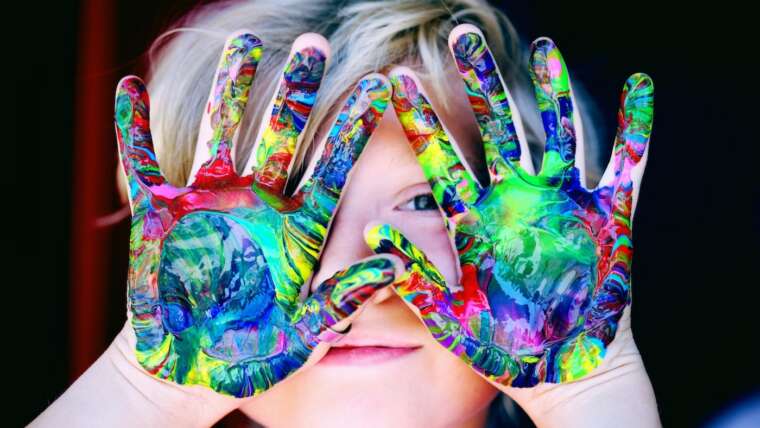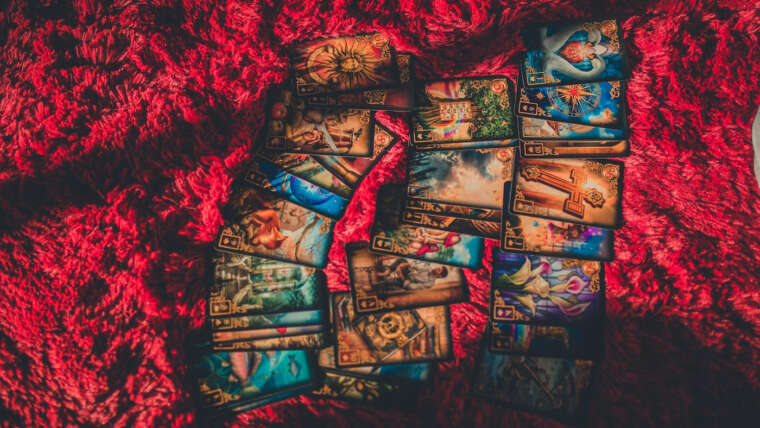Everything was Dull but Looked Bright
Overview
In those days, everything was dull and ordinary, but it looked bright and extraordinary.
In childhood, everything was magical and exciting, and the mind got filled with joy at the slightest things. A cheap toy, chocolate, flying a paper airplane, plucking vegetables on the farm, and chasing butterflies in fields gave such pure joy which is difficult to imitate now despite having all the goodies in life.
A cheap toy, chocolate, flying a paper airplane, plucking vegetables on the farm, and chasing butterflies in fields gave such pure joy which is difficult to imitate now despite having all the goodies in life.
In my childhood, playing with the son of house help was as much fun as being at a posh social gathering. I was unmindful of the fact that I came from a relatively well-to-do family compared to most people in the village. There were no interpretations, no judgments, no narratives or stories in my mind of who I was and where I belonged, it was just pure experience, which was reinforced by the inner happiness that came with my childhood.
Then a time came when we were taught important lessons in life; that success in studies and life was important, one should not waste time, be focussed, not mingle with children of the laborers in our neighborhood, obey commands of our teachers and parents even if it meant curbing our inner harmless instincts. The evenings were spent doing tuition classes rather than playing in the fields or singing and dancing. The school exams became a priority over making new friends and spending time with old friends.
During the growing process, something precious gets lost, and the pure inner consciousness is controlled by the intellect (called the mind in Eastern traditions). It is now yoked into the intellect and its expression is now dependent upon permission from the intellect. The joy that was available freely in unlimited quantities gets replaced with the pleasures of life that we seek from external objects and possessions.
Let us examine what happens when one becomes an adult
Let us examine what happens when one becomes an adult, one might argue that nature protects children from the existential sadness of human life by not giving them the faculty to experience this kind of pain. Children don’t have the ability to reflect on their mental processes, so nature keeps the painful stuff outside of their awareness. The bliss that children experience is the bliss of ignorance, and not desirable. It is because they are not living fully.
Another explanation could be that they have access to the inner consciousness that as adults we get cut off from due to the workings of our intellect or the mind.
If the first explanation was true, there is no way of going back to that joy of childhood, as you can’t cut yourself off from the faculty that feels the existential pain. On the other hand, if one believes in the second explanation, then it is possible for us to experience this joy and blissful state if we can learn how to silence our intellect (the mind) and it requires some training. A better expression would be if we can unlearn what we have learned in trying to become an adult.
I would like to go with the second explanation, as one can recapture the childhood blissful state through meditative practices. Many saints do behave like a child when they are able to dissolve their egos. To some extent it is possible in old age if one is freed from the adult struggles of achieving success, raising families, earning money, etc.
Jung said that one experiences an expansion of one’s consciousness in old age. To me, it seems to be due to letting go of the grasp of our intellect on our inner consciousness, and we become less concerned with what people will think.
During introspection and meditation, one encounters multiple layers of “joys and inner peace” alternating with multiple layers of “sadness, meaninglessness, emptiness, senselessness,” all the way along until one reaches ultimate liberation. At times it is difficult to decide which is my real self.
Hinduism encourages us to identify with the joy and inner peace as our true selves called Atman, whereas Buddhism encourages us to not identify with anything as the sense of self is illusory.
Buddhism asks us to see the bottom line of human life as suffering that comes from our identification with our mental construct, and freedom from human suffering can be achieved through non-identification.
Conclusion
The message from these insights is that the magic of childhood can still be recaptured if we are able to put aside our intellectual calculations or ego. We can still connect with the inner fountain of joy that was available to us in childhood.
To conclude, we can say, the blissful child or consciousness still lives inside of us, and we can get connected with it at any time, if we are able to put aside our thinking/judging/feeling /reacting hat.
A cheap toy, chocolate, flying a paper airplane, plucking vegetables on the farm, and chasing butterflies in fields gave such pure joy which is difficult to imitate now despite having all the goodies in life.
In my childhood, playing with the son of house help was as much fun as being at a posh social gathering. I was unmindful of the fact that I came from a relatively well-to-do family compared to most people in the village. There were no interpretations, no judgments, no narratives or stories in my mind of who I was and where I belonged, it was just pure experience, which was reinforced by the inner happiness that came with my childhood.
Then a time came when we were taught important lessons in life; that success in studies and life was important, one should not waste time, be focussed, not mingle with children of the laborers in our neighborhood, obey commands of our teachers and parents even if it meant curbing our inner harmless instincts. The evenings were spent doing tuition classes rather than playing in the fields or singing and dancing. The school exams became a priority over making new friends and spending time with old friends.
During the growing process, something precious gets lost, and the pure inner consciousness is controlled by the intellect (called the mind in Eastern traditions). It is now yoked into the intellect and its expression is now dependent upon permission from the intellect. The joy that was available freely in unlimited quantities gets replaced with the pleasures of life that we seek from external objects and possessions.
Let us examine what happens when one becomes an adult
Let us examine what happens when one becomes an adult, one might argue that nature protects children from the existential sadness of human life by not giving them the faculty to experience this kind of pain. Children don’t have the ability to reflect on their mental processes, so nature keeps the painful stuff outside of their awareness. The bliss that children experience is the bliss of ignorance, and not desirable. It is because they are not living fully.
Another explanation could be that they have access to the inner consciousness that as adults we get cut off from due to the workings of our intellect or the mind.
If the first explanation was true, there is no way of going back to that joy of childhood, as you can’t cut yourself off from the faculty that feels the existential pain. On the other hand, if one believes in the second explanation, then it is possible for us to experience this joy and blissful state if we can learn how to silence our intellect (the mind) and it requires some training. A better expression would be if we can unlearn what we have learned in trying to become an adult.
I would like to go with the second explanation, as one can recapture the childhood blissful state through meditative practices. Many saints do behave like a child when they are able to dissolve their egos. To some extent it is possible in old age if one is freed from the adult struggles of achieving success, raising families, earning money, etc.
Jung said that one experiences an expansion of one’s consciousness in old age. To me, it seems to be due to letting go of the grasp of our intellect on our inner consciousness, and we become less concerned with what people will think.
During introspection and meditation, one encounters multiple layers of “joys and inner peace” alternating with multiple layers of “sadness, meaninglessness, emptiness, senselessness,” all the way along until one reaches ultimate liberation. At times it is difficult to decide which is my real self.
Hinduism encourages us to identify with the joy and inner peace as our true selves called Atman, whereas Buddhism encourages us to not identify with anything as the sense of self is illusory.
Buddhism asks us to see the bottom line of human life as suffering that comes from our identification with our mental construct, and freedom from human suffering can be achieved through non-identification.
Conclusion
The message from these insights is that the magic of childhood can still be recaptured if we are able to put aside our intellectual calculations or ego. We can still connect with the inner fountain of joy that was available to us in childhood.
To conclude, we can say, the blissful child or consciousness still lives inside of us, and we can get connected with it at any time, if we are able to put aside our thinking/judging/feeling /reacting hat.





